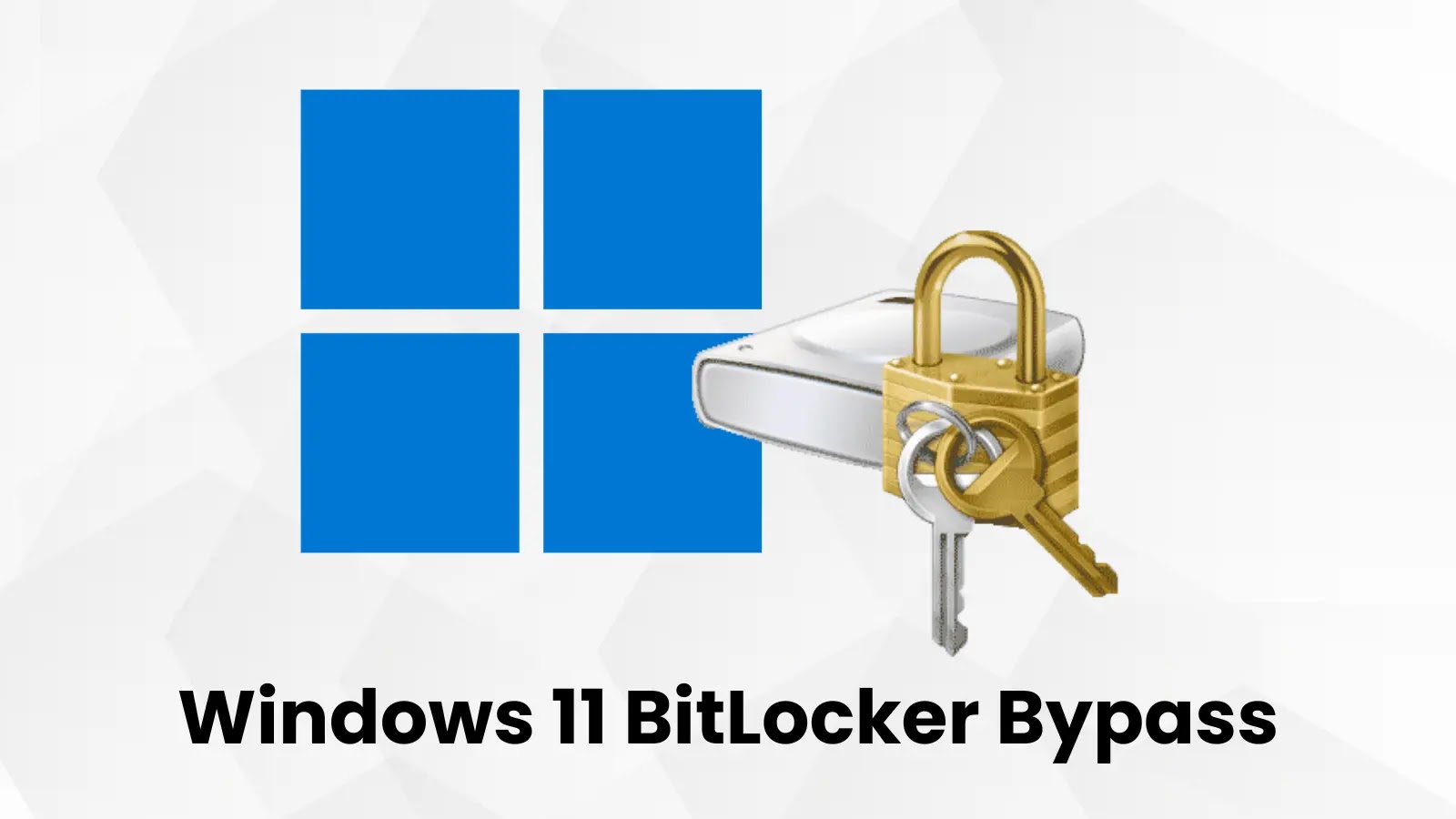An attacker with physical access can abruptly restart the device and dump RAM, as analysis of this memory may reveal FVEK keys from recently running Windows instances, compromising data encryption.
The effectiveness of this attack is, however, limited because the data stored in RAM degrades rapidly after the power is cut off.



A “cold boot” attack. These have been around for a while.
The degredation is not a huge barrier. Spraying inverted canned air can cool the DRAM enough to preserve it for a little while, even long enough to switch it to a new motherboard. Whenever the motherboard is powered, the DRAM is being refreshed, so won’t degrade. A few bits lost is no fatal flaw, since most cold boot attack algorithms search for long key schedules, not just the key.
Bitlocker is extra vulberable because it stores the key in the TPM and requires no password to boot. An attacker can extract the key even if the computer is off when they get it.
This is not true.
You would additionally need to bypass Secure Boot with a separate exploit such as the one in this article (which is mitigated by disabling USB boot) or LogoFAIL to put the TPM PCRs in a state where the keys can be released.
LUKS2 is no different here as either can be TPM-only or require a separate PIN.
Yes, assuming it’s durably sealed and tamper-proof. If you have enough physical access, though, you can remove the DRAM and put it in another machine to scrape it. This adds time, but it has been done before. One experiment dipped the DRAM in liquid nitrogen for an hour, and found 0.13% decay.
Yeah you really need a password or TPM PIN protector to protect from cold boot attacks if that is in your threat model.
What’s the advantage of disk encryption if you don’t require a password to boot? Couldn’t you just boot the device and extract the data using Explorer anyway?
Its kinda useful for devices where userland is also protected against exfil, like a kiosk or windows lock screen.
If the bios is hardened, secure boot on, bitlocker on, and windows is locked with a password, you can’t simply take the disk out and manipulate it cause bitlocker with TPM means only that specific hardware profile will decrypt the disk automatically.
You can’t get to explorer cause the system is locked with windows auth, and you can’t reset the PW cause bitlocker is on, and you cant remove the disk cause the TPM protects against that with bitlocker.
Its really not perfect, and I’m not advocating for it, but its a decent protection in systems where adding another pin/password isn’t practical.
Even Microsoft recommends at least also using a pin with bitlocker.
I assume they think the Windows login password will keep them safe. I don’t know. But many corporate computers (several I’ve been forced to use) do use Bitlocker without a password.
Yeah, that’s only going to protect from drive theft, which I guess makes disposal easier?
All secure implementations of Bitlocker also use a password on boot. Use of a TPM is not unique to Bitlocker either.